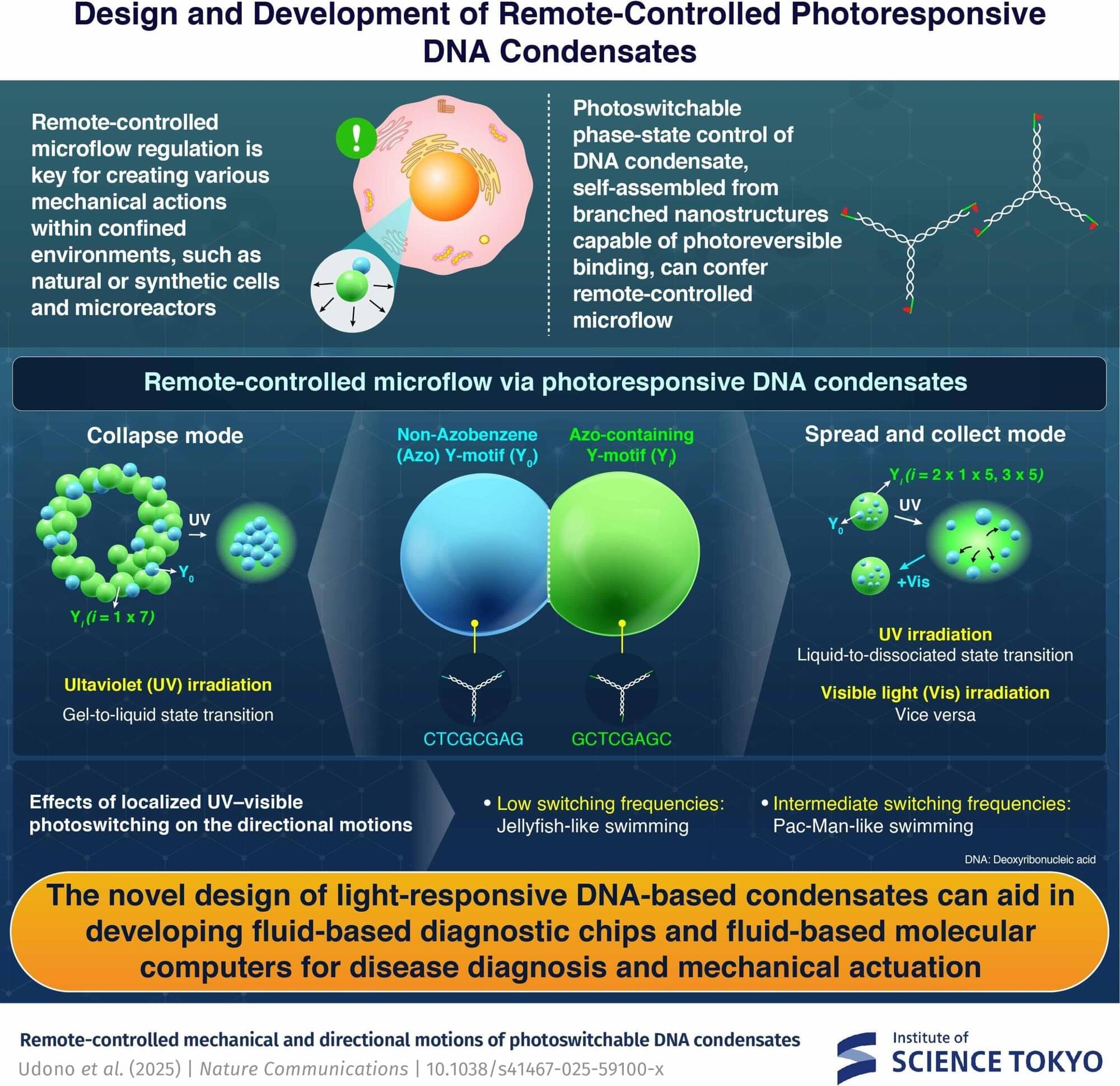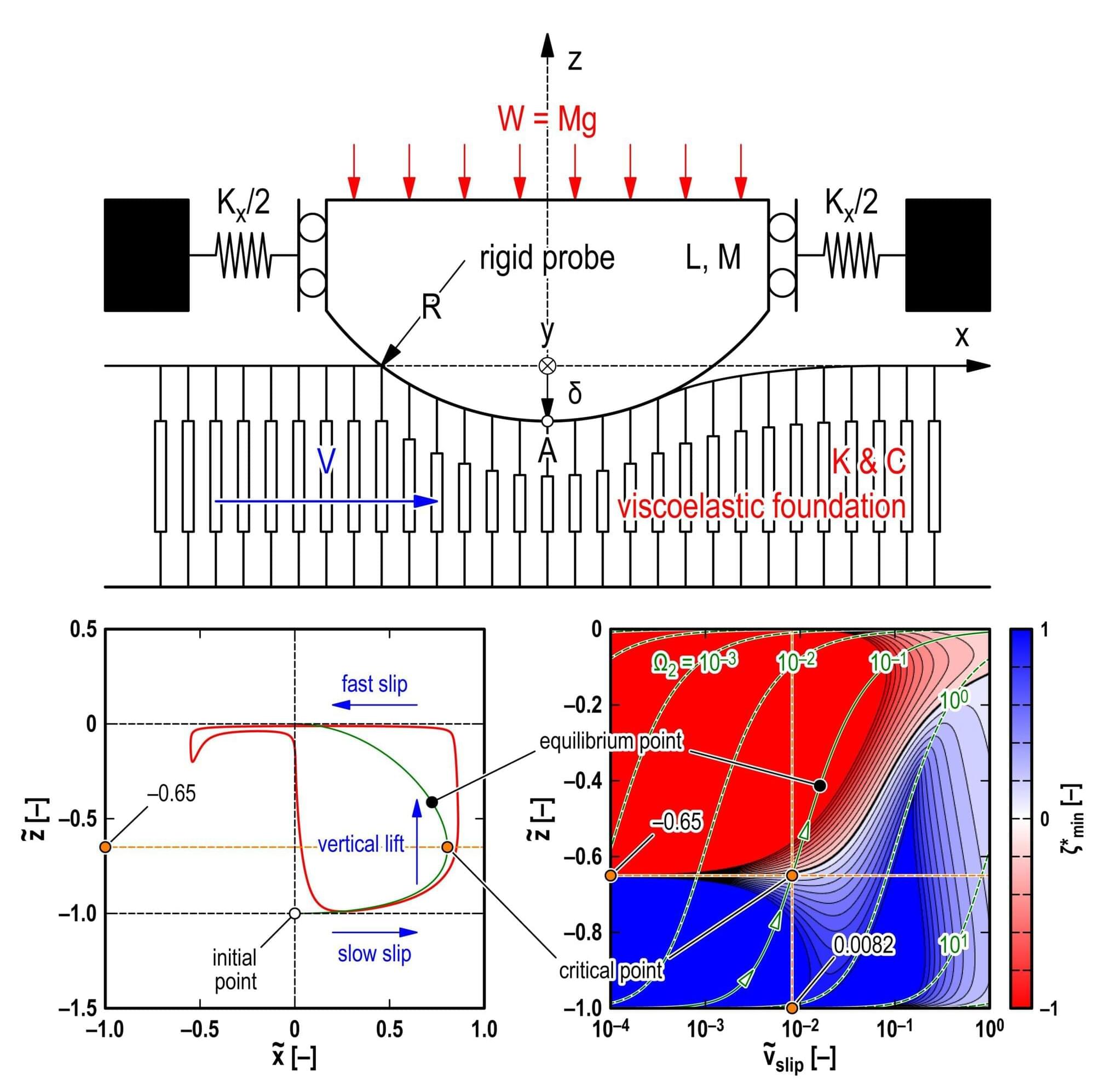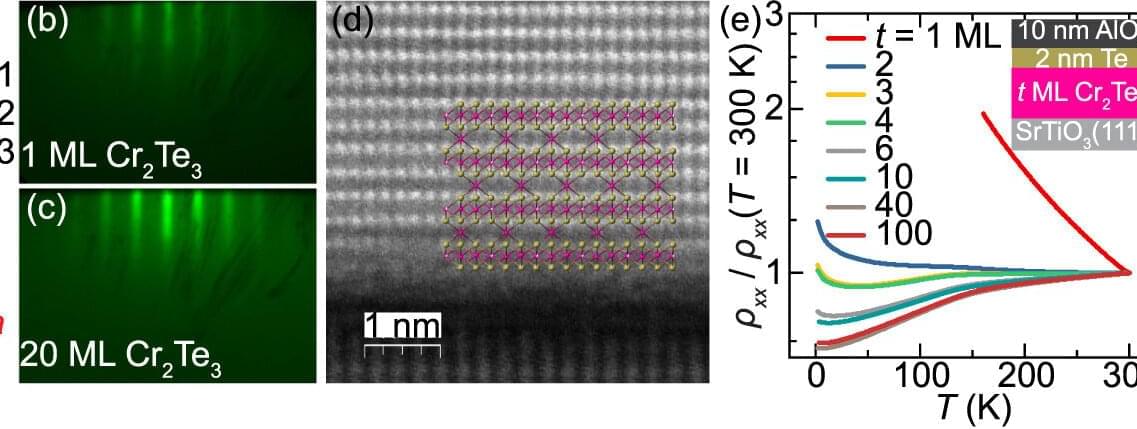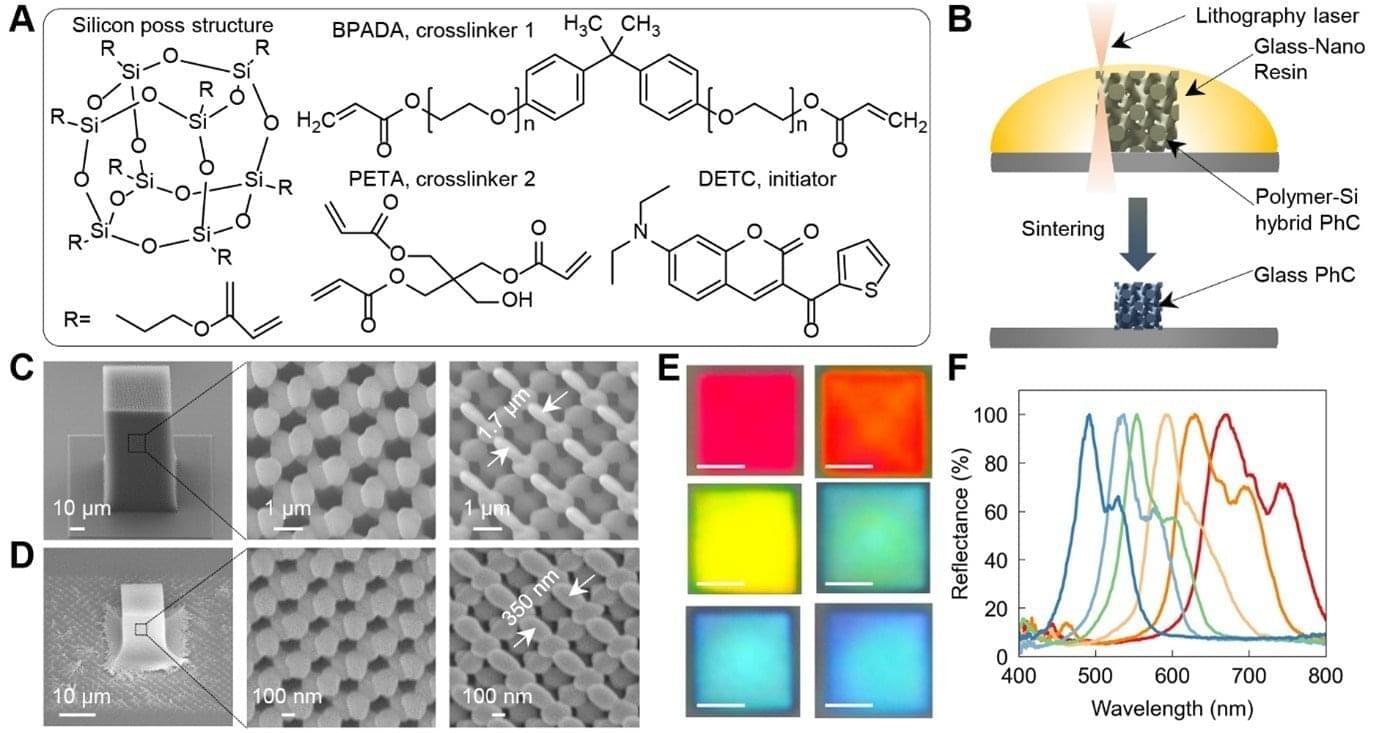An international team of scientists led by Rice University’s Pengcheng Dai has confirmed the existence of emergent photons and fractionalized spin excitations in a rare quantum spin liquid. Published in Nature Physics on June 19, their findings identify the crystalline compound cerium zirconium oxide (Ce₂Zr₂O₇) as a clear 3D realization of this exotic state of matter.
Long a subject of theoretical intrigue, quantum spin liquids offer promise for revolutionary technologies, including quantum computing and dissipationless energy transmission. By refusing to conform to traditional magnetic behavior, these materials realize emergent quantum electrodynamics via highly quantum-entangled motions of magnetic moments at temperatures near absolute zero.
“We’ve answered a major open question by directly detecting these excitations,” said Dai, the Sam and Helen Worden Professor of Physics and Astronomy. “This confirms that Ce₂Zr₂O₇ behaves as a true quantum spin ice, a special class of quantum spin liquids in three dimensions.”







